The pH of pure water is around 5.8, making it slightly acidic. The reason is that water absorbs carbon dioxide and continues to do so until it reaches equilibrium with the atmosphere. Distilled water is water created by the distillation process. Distillation is a procedure that removes contaminants found in freshwater sources, including river, lake, rain, spring water, and tap water. The contaminants include inorganic materials, minerals, metals and more. While your tap water may be safe to drink and bathe in, it may contain pollutants that are not conducive to soap making. Water containing these types of contaminants is often referred to as hard water.
During the distillation process, water is heated beyond boiling point, turning it from a liquid into a gas (steam). The steam is collected separately and then cooled to a temperature that makes it liquid again. After the process is complete, the contaminants left in the original chamber remain and the clean water that was collected is distilled.
We know that water has a boiling point of 100 ° C, but the impurities in the water have a boiling point that is higher. For example, the boiling point of calcium is 1484 ° C and the boiling point of magnesium is 1091 ° C. These are much higher than the boiling point of water and are left behind when the water boils out. Other contaminants removed include sodium, iron, manganese, fluoride, nitrate, lead, chlorine, and more. The distillation process can also inactivate microorganisms such as bacteria, viruses and protozoa.
Distilled water for soap
Impurities found in undistilled water can cause complications and unwanted reactions in our soap. These include accelerated spores, oxidation, soap scum, reduced cleaning properties, reduced foaming performance, cloudiness in liquid soap, microbial contamination and more. Contaminants increase the risk of oxidation from excess oxygen and contact with metals. This increased risk of oxidation is often visible through signs of going rancid, including the formation of DOS or dreaded orange spots, discoloration and foul odors. Another complication of undistilled water is soap scum build-up. Two of the most common contaminants in hard water are calcium and magnesium. When soap and minerals such as calcium and magnesium are combined, a new chemical compound is formed commonly referred to as soap scum. Soap foam is created when the alkali cation is replaced by calcium or magnesium. When the sodium cation of sodium stearate is replaced with calcium found in hard water, it forms calcium stearate, a white, sparingly soluble substance usually seen as a film or residue in showers. Soap residues reduce soap suds, form insoluble compounds, increase the risk of going rancid, and more.
With liquid soap, the use of undistilled water can cause a whole new set of complications, in addition to the increased risk of oxidation. By using undistilled water, the contaminants can react with the soap in our solution and cause problems that are visible from the time water and soap are combined. It’s incredibly difficult to get a clear liquid soap without the use of undistilled water, which is one of the most overlooked causes of cloudy soap. In addition, contrary to popular belief, the pH of liquid soap alone is not enough to prevent the growth and reproduction of microbes. Using water contaminated with pathogenic bacteria to dilute liquid soap can spread disease. Not all tap water can be considered clean water, and many countries do not have access to safe water.
The difference between demineralized water and distilled water
Distilled water is generally slightly purer than demineralized water. This has to do with the different processes used to make the water pure.
What is demineralized water
Demineralized water is filtered water. Filtering tap water takes out the negative ions, consisting of small amounts of salts. The positive ions do remain in the water. This form of water is clean, but not completely pure. This water has a neutral pH.
What is distilled water
Distilled water is very pure water. Distillation eliminated all inorganic salts and many organic compounds. Tap water is heated to the boiling point. The condensation (steam) that comes off is then collected. This leaves behind almost all the substances that were in the water, leaving only the clean water. This evaporated water is cleaned one more time by a carbon filter. What remains is distilled water.

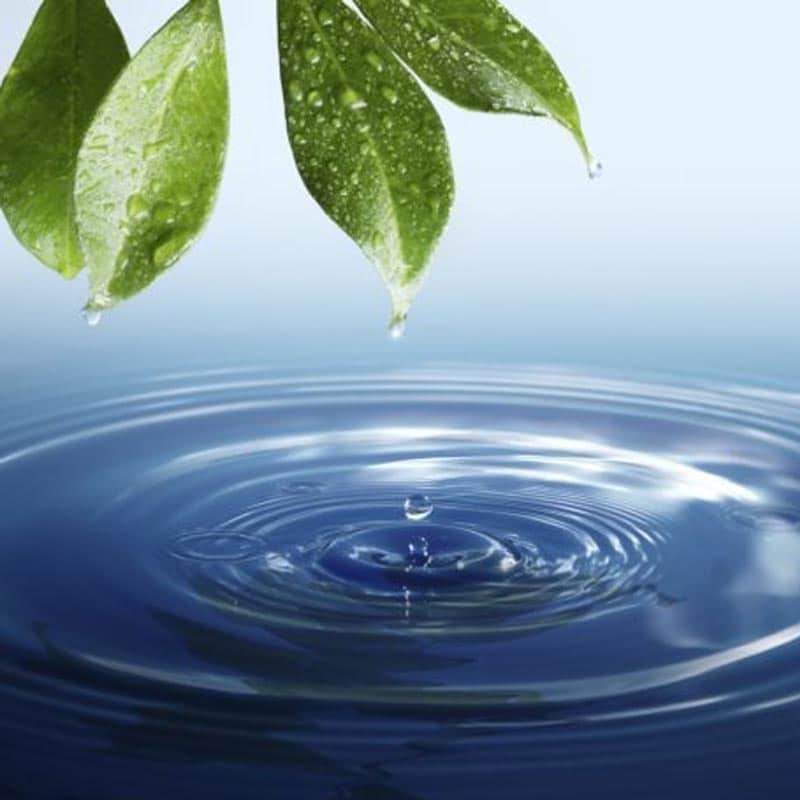
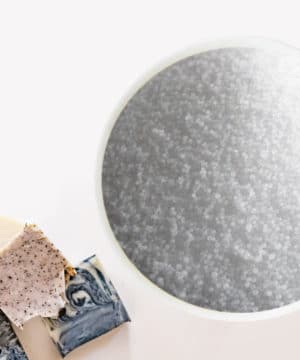
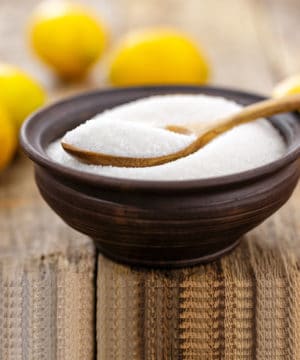
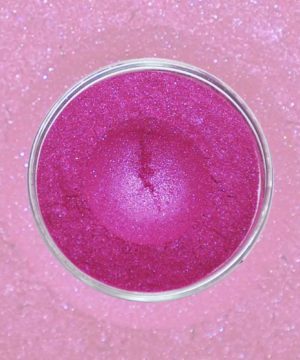
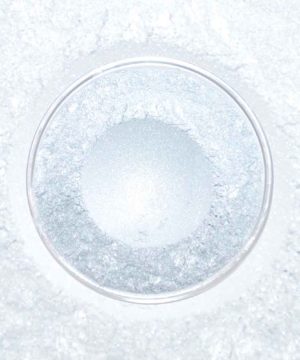

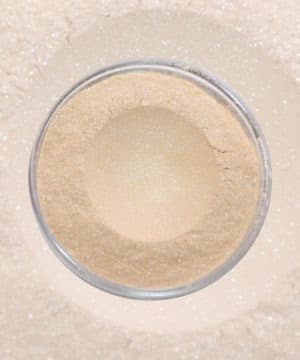
Reviews
There are no reviews yet.